It has been a decade of blossom for Molo River Roses Ltd since inception, and a beautiful milestone that seemed a hurdle during its establishment.
By Mary Mwende Mbithi
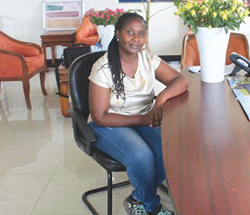
When a seed is planted, the sprouts exult the sower; the new shoots are his source of inspiration to nurturing the new plant to maturity until it brings forth good fruit. Thus, the farmer has every reason to celebrate his bumper crop. Similarly, achievements are a call for celebration. After years of toiling like a Trojan and working one’s fingers to the bone, success is the ultimate crown that underscores the results. It may take a long or a short duration but regardless of time, success is success. The wise man said ‘hurry, hurry has no blessings,’ but went on to say; ‘slowly but surely, the bird builds its nest.’ Before we could even rethink, he added that; ‘both the fast and the slow will meet each other on the ferry boat.’ In other words, success does not come with a timestamp. After years of toil and moil, it’s now ten years of success for Molo River Roses Ltd! “It has been a decade of blossom for Molo River Roses Ltd since inception, and a beautiful milestone that seemed a hurdle during its establishment. Eventually, it has birthed a success story- the story of a mega lodestar, a prestigious flower farm in Kenya -Molo River Roses Ltd, ” an elated Mr. Andrew Wambua, the Group General Manager said.

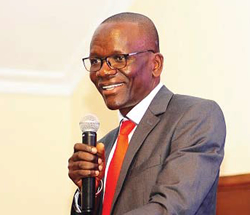
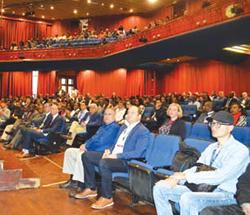

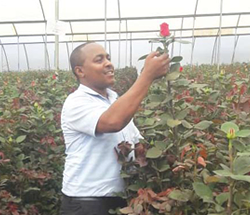
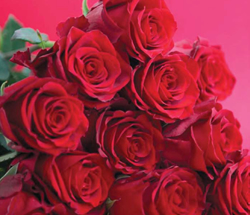 This Valentine’s Day many people bought flowers for their significant other without a lot of thought as to where those flowers came from. International trade, however, has a huge part to play in keeping the UK’s florists stocked with fresh cut flowers.
This Valentine’s Day many people bought flowers for their significant other without a lot of thought as to where those flowers came from. International trade, however, has a huge part to play in keeping the UK’s florists stocked with fresh cut flowers.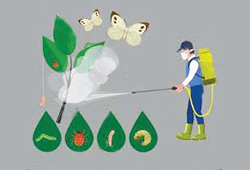 If it is possible to learn from the mistakes of others, a moment has come for our parliamentary committees and the Ministry of Agriculture to take a good look at Sri Lanka. For, what better way to implement great policies than by seeing their impact beforehand?
If it is possible to learn from the mistakes of others, a moment has come for our parliamentary committees and the Ministry of Agriculture to take a good look at Sri Lanka. For, what better way to implement great policies than by seeing their impact beforehand?
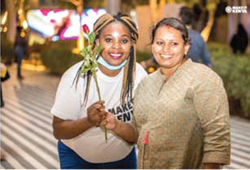 Kenya prides herself of a blooming flower sector and partnered with fourteen (14) pavilions at Expo 2020 Dubai to distribute one million branded red roses this Valentine’s Day as the world celebrated love the Kenyan way: “From Kenya with love.”
Kenya prides herself of a blooming flower sector and partnered with fourteen (14) pavilions at Expo 2020 Dubai to distribute one million branded red roses this Valentine’s Day as the world celebrated love the Kenyan way: “From Kenya with love.”